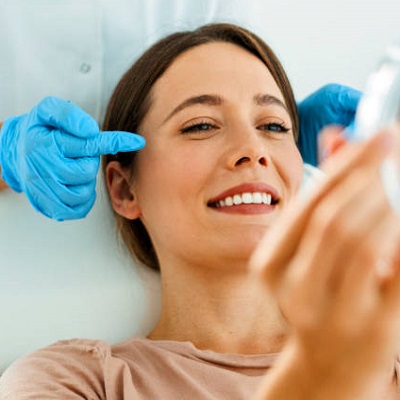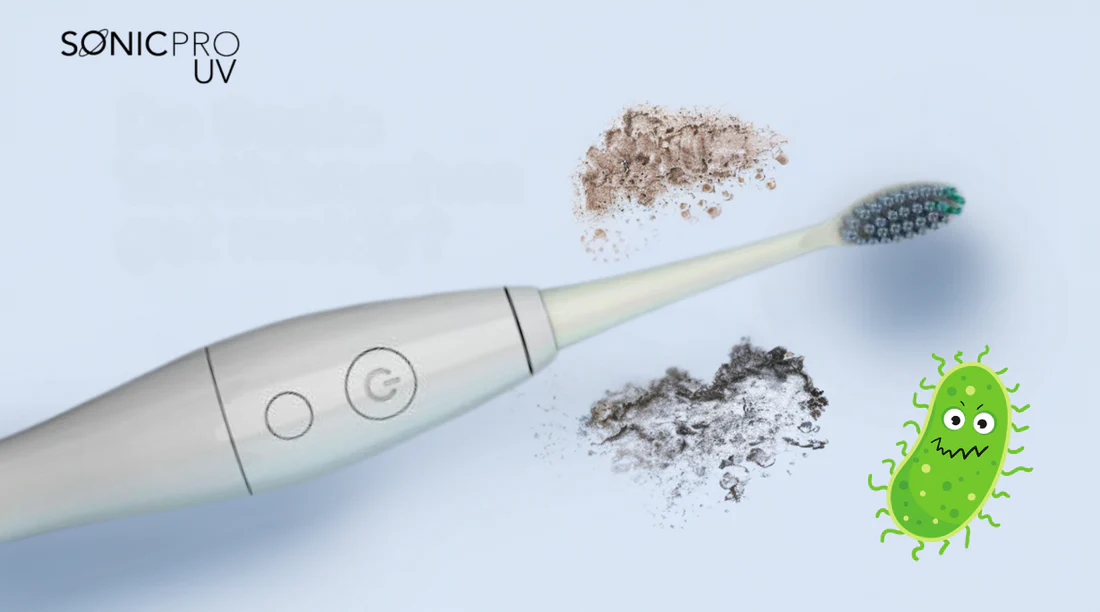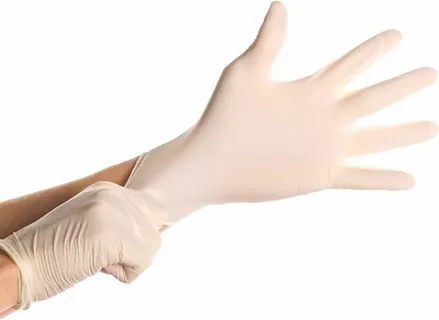Hair loss is a common issue that affects countless individuals, often leading to a significant decline in self-esteem and confidence. With advancements in medical technology, many solutions have emerged, but one of the most promising is the combination of platelet-rich plasma (PRP) therapy with hair transplant techniques. This blog delves deep into PRP hair transplant, outlining its benefits, the detailed procedure, recovery expectations, and what you can anticipate from this innovative treatment.
What is PRP Hair Transplant?
A PRP hair transplant is a two-step procedure that utilizes the patient’s own blood to enhance the results of hair restoration. By combining traditional hair transplant surgery with PRP therapy, this method improves the success rate of transplants and accelerates healing. PRP contains a high concentration of growth factors that stimulate hair follicles, increase blood circulation, and promote healthier hair growth. This synergistic approach has gained popularity for its ability to yield impressive results.
Why Choose PRP Hair Transplant?
- Natural Treatment: PRP is derived from the patient’s own blood, reducing the risk of allergic reactions and complications associated with synthetic treatments. This natural approach makes it a safer option for many individuals.
- Enhanced Hair Growth: The growth factors present in PRP can revitalize dormant hair follicles and stimulate them to enter the active growth phase. This leads to not only increased hair density but also thicker and healthier strands.
- Minimally Invasive: The PRP procedure involves simple injections rather than major surgical interventions, making it less daunting for patients compared to traditional hair transplant methods.
- Shorter Recovery Time: Patients typically experience a faster recovery when PRP therapy is incorporated into their hair transplant procedure. This means less downtime and a quicker return to daily activities.
- Effective for Various Types of Hair Loss: PRP therapy benefits not only those undergoing hair transplants but also individuals experiencing early-stage hair loss, thinning hair, or other forms of alopecia.
The PRP Hair Transplant Procedure
Step 1: Initial Consultation
The journey begins with an initial consultation, where a qualified hair restoration specialist will conduct a thorough evaluation of your hair loss condition. During this consultation, the doctor will discuss your medical history, assess the extent of hair loss, and determine if you are a suitable candidate for the procedure. This is also the perfect time to discuss your goals and expectations.
Step 2: Blood Draw
On the day of the procedure, a small amount of blood—usually about 10-20 ml—is drawn from your arm. This is a simple and quick process, similar to having blood drawn for routine tests.
Step 3: Centrifugation
After the blood is collected, it is placed in a centrifuge, which spins at high speeds to separate its components. This process typically takes around 10–15 minutes. The centrifugation isolates the platelet-rich plasma from other blood components, ensuring a concentrated solution rich in growth factors.
Step 4: Hair Transplant
Once the PRP is prepared, the hair transplant procedure can commence. This can involve various techniques, such as:
- Follicular Unit Extraction (FUE): In this method, individual hair follicles are extracted from the donor area (usually the back of the head) and transplanted into the recipient area. FUE is known for leaving minimal scarring and a faster recovery.
- Follicular Unit Transplantation (FUT): This technique involves removing a strip of skin with hair follicles from the donor site, which is then dissected into individual grafts for transplantation. FUT may be preferable for patients requiring larger grafts.
The choice between FUE and FUT depends on several factors, including the patient’s specific hair loss pattern, donor hair availability, and personal preferences.
Step 5: PRP Injection
After the hair transplant procedure is completed, the prepared PRP is injected into the areas where hair has been transplanted. This step is crucial because it delivers growth factors directly to the newly implanted hair follicles, enhancing their ability to thrive and promoting quicker healing. The PRP injections can also help improve blood circulation in the scalp, further supporting hair growth.
Step 6: Post-Procedure Care
Following the procedure, patients may experience mild swelling, redness, or discomfort in the treated areas. It’s essential to adhere to the post-operative care instructions provided by your doctor. These instructions often include:
- Avoiding strenuous activities for a few days.
- Keeping the scalp clean and dry.
- Using prescribed medications or topical treatments to manage discomfort and promote healing.
It’s vital to take care of the transplanted area to ensure the best possible outcomes.
Recovery and Results
Recovery Timeline
The recovery process varies for each individual, but patients can generally expect the following timeline:
- First Few Days: Some swelling, redness, and discomfort are common. Patients can use ice packs to alleviate any swelling.
- Week One: Most patients can resume light activities, but it’s crucial to avoid intense workouts or anything that might cause excessive sweating.
- Weeks Two to Four: Patients may notice scabs forming in the transplanted area. These should be left to fall off naturally, as picking can lead to complications or infections.
- Months 3 to 6: Shedding of the transplanted hair may occur as the follicles adjust to their new environment, but new hair growth typically begins to emerge during this period.
- After Six Months: Significant improvements in hair density and overall results should become visible. The full results of the transplant can take up to a year to manifest, with patients often seeing their hair continue to thicken over time.
Expected Results
The combination of PRP therapy with hair transplant can yield remarkable results. Patients can expect denser, thicker hair that looks and feels natural. Many individuals report increased confidence and satisfaction with their appearance following the procedure.
It’s important to maintain realistic expectations; while PRP enhances the hair transplant outcomes, individual results can vary based on factors such as genetics, overall health, and adherence to postoperative care.
Who is a Suitable Candidate?
PRP hair transplant is suitable for a broad range of individuals experiencing hair loss, including:
- Men and Women: Both genders can benefit from this treatment, especially those with early to moderate hair loss.
- Healthy Individuals: Candidates should be in good health, without any serious medical conditions that could affect healing or hair growth.
- Realistic Expectations: Those looking for a natural and minimally invasive solution with a desire for improved hair density and aesthetics.
Certain conditions, such as blood disorders, autoimmune diseases, or active infections, may make individuals unsuitable for the procedure. A comprehensive evaluation during the initial consultation will help determine eligibility.
Cost of PRP Hair Transplant
The cost of PRP hair transplant can vary significantly based on several factors, including the clinic’s location, the experience of the practitioner, and the complexity of the procedure. On average, the total cost can range from PKR 80,000 to PKR 250,000 or more.
It’s essential to discuss pricing during your consultation and consider the potential for long-term benefits. Many clinics also offer financing options to make the procedure more accessible.
Choosing the Right Clinic
Selecting a reputable clinic is crucial for a successful PRP hair transplant. Here are some factors to consider:
- Qualified medical professionals: Ensure that the procedure is performed by certified dermatologists or licensed hair restoration specialists.
- Positive Patient Reviews: Research testimonials and before-and-after photos to gauge patient satisfaction and the clinic’s success rate.
- Advanced Technology and Techniques: Clinics that utilize the latest technologies and techniques are more likely to provide better outcomes and safer procedures.
- Hygiene Standards: A clean and well-maintained environment is essential to minimize risks of infection and complications.
- Comprehensive Care: Look for clinics that provide thorough consultations and follow-up care to support your recovery and results.
Conclusion
PRP hair transplant represents a groundbreaking approach to hair restoration, offering a natural and effective solution for individuals struggling with hair loss. By integrating the benefits of PRP therapy with traditional hair transplant techniques, patients can achieve not only improved hair density but also a healthier scalp environment, quicker recovery, and enhanced overall results. If you’re considering a PRP hair transplant, consult with a qualified specialist to explore your options and take the first step toward fuller, healthier hair. Embrace the potential for renewed confidence and a revitalized appearance through this innovative treatment!




